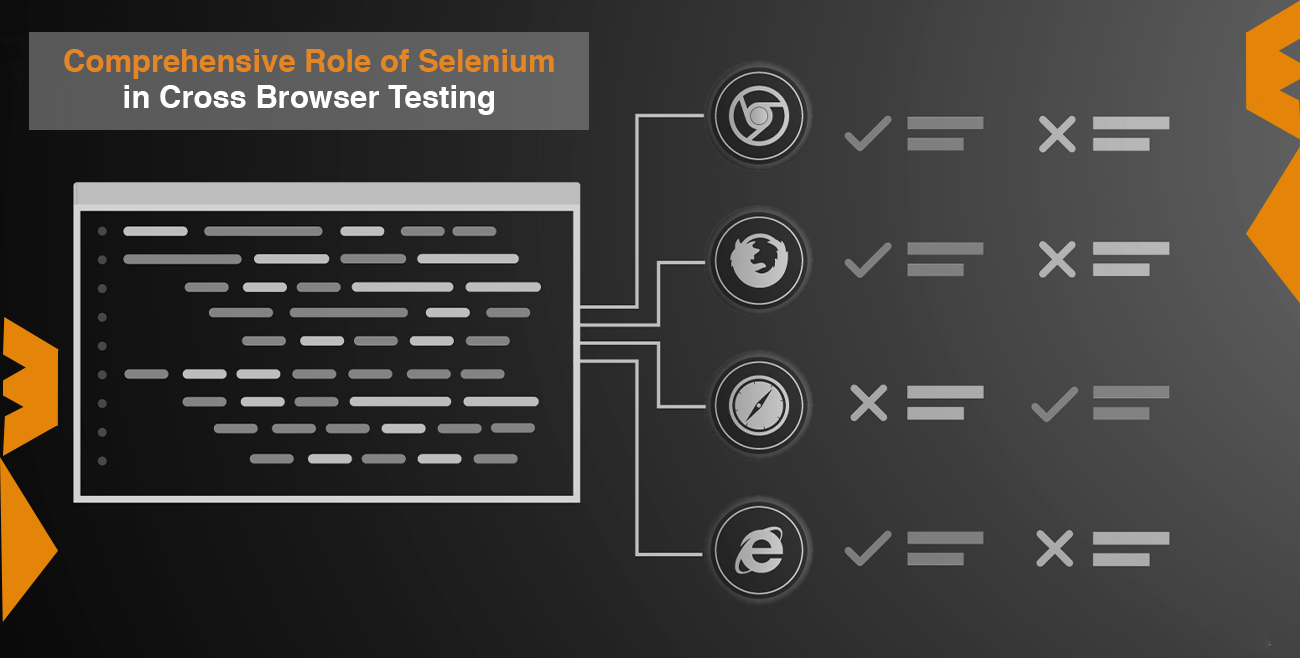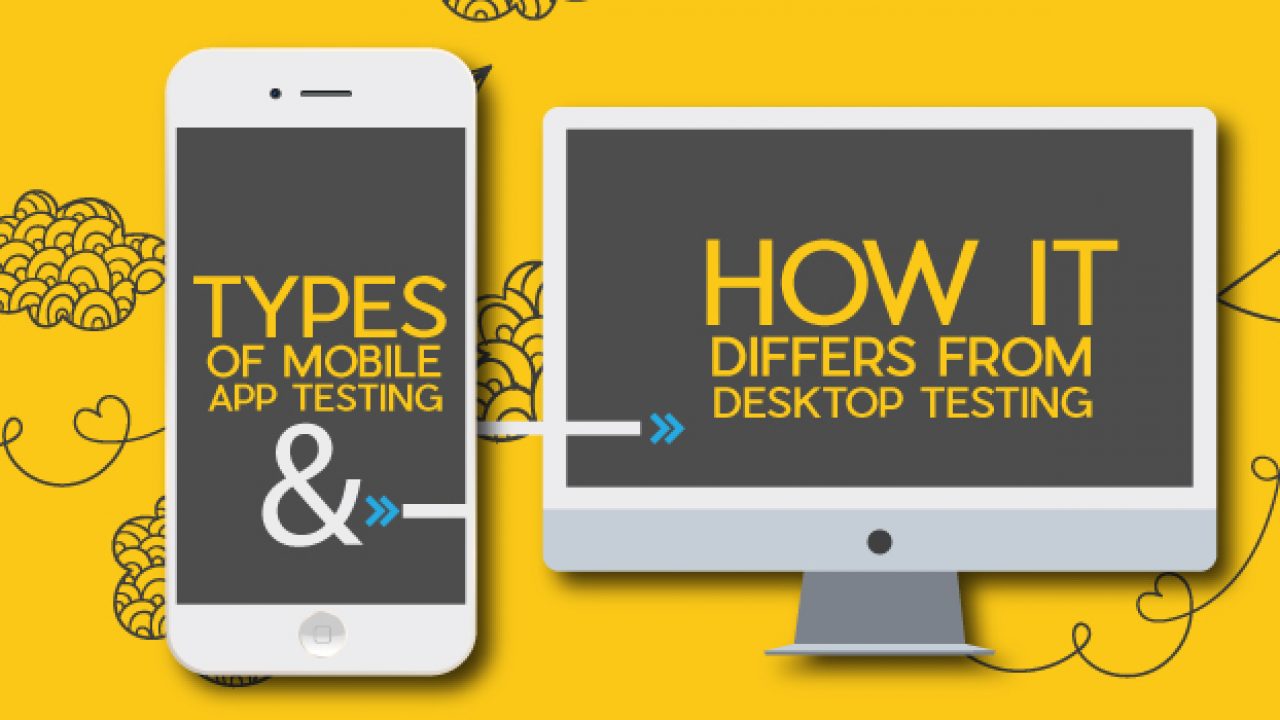Selenium is a portative QA testing framework for website applications. It enables you to write automated tests of websites in various browsers. Selenium has become the most popular tool for cross-browser testing due to its flexibility, ease of use and support for a wide variety of browsers.
In this blog post, we will take a comprehensive look at the role of Selenium in cross-browser testing. So, without further ado, let’s get started!
What is Selenium, and what are its features?
Selenium is a free automated testing tool that supports multiple browsers. It helps in web application testing, which ensures the optimal functioning of the web application across different browsers under different operating systems with different resolutions.
Features of Selenium: Here are some key features of Selenium that make it a complete testing suite:
– Supports all major web browsers (including mobile and tablet browsers)
– Can be used to automate both functional and acceptance tests. It can also perform actions like mouse movements, button clicks, etc
– Provides integration with CI servers such as Jenkins and Bamboo for continuous integration of automated tests- Can be easily implemented with programming languages like Java, .Net, PHP, Ruby, etc
How does Selenium help in Cross Browser Testing?
Cross-browser testing ensures that your web application looks and functions the same across different browsers. Therefore, you need to ensure that your web application performs well across all major browsers before launching it.
Selenium has provided automated cross-browser testing for more than a decade, allowing web application developers to test their applications on different browsers without manually interacting with the browser while developing the application or after its completion. Selenium is built into most open source development frameworks like PHP, .Net etc., making it easier for developers to automate cross-browser testing. In addition, it is compatible with most modern browsers, so it ensures that your web application performs well across all major browsers.
Different types of Selenium Grid setups:
Selenium supports three different setups for the grid, which are as follows:
- Local &; Remote Mode: All the test execution on the same machine in this model. If you want to test cases on multiple browsers locally, this mode is for you.
- Local Mode & Remote Machine Mode: If you want to run your test cases on multiple browsers without using Selenium Grid, this is the right mode for you. This uses a separate browser on a separate machine that interacts with the test machine to perform the actions.
- Cloud Mode: This mode enables you to run your tests on a Selenium Grid in the cloud, where each machine is responsible for running its set of tests and reporting back results to a hub machine. The hub machine then collects all the results from individual machines and presents them back.
Challenges faced while using Selenium for Cross Browser Testing:
One of the biggest challenges web developers face is to check the compatibility of their applications across different browsers. Testing an application manually on various browsers can be time-consuming and tiring, where cross-browser testing tools like Selenium come into play.
Also, another challenge faced by web developers is integrating this testing suite with their agile development framework. Most open-source frameworks support Selenium as a module to run tests on multiple browsers, but they do not integrate Selenium seamlessly into their toolchain or CI servers. This can sometimes lead to custom scripting, making it hard for developers to automate their test cases.
Selenium vs. Other Cross Browser Testing Tools:
Cross-browser testing tools can be broadly categorised into free and paid software. Some of the popular free cross-browser testing tools include:
– Selenium – It is an open-source web application testing suite that supports all major browsers and operating systems
– Authentium – This is a freeware tool that allows users to test applications across different web browsers on Windows, Mac OS X and Linux
BrowserStack is a free online service that allows users to run the tests on over 400 different browser-operating systems combinations.
Hence, Selenium can be easily used by developers to automate their functional as well as acceptance level testing due to the following reasons:
– Open Source – It is compatible with all major web browsers
– Free for Non-Commercial Use – Though, Selenium is an open-source tool, it provides a free option for developers developing their applications in a non-commercial environment. Also, it can be used in commercial projects because it does not include any license fee
– Easy to debug – The Selenium IDE enables the user to debug the scripts easily, which is not supported by other cross-browser testing tools like Authentium.
Final Thoughts
In this blog, we have discussed the concept of using Selenium as a cross-browser testing tool for web developers. We have also highlighted some of its pros and cons and challenges web developers face while automating their functional tests across different browsers.
At HikeQA, our web testing team has expertise in using Selenium to automate functional tests across different browsers to ensure that the test cases are executed reliably. Contact us today!

















